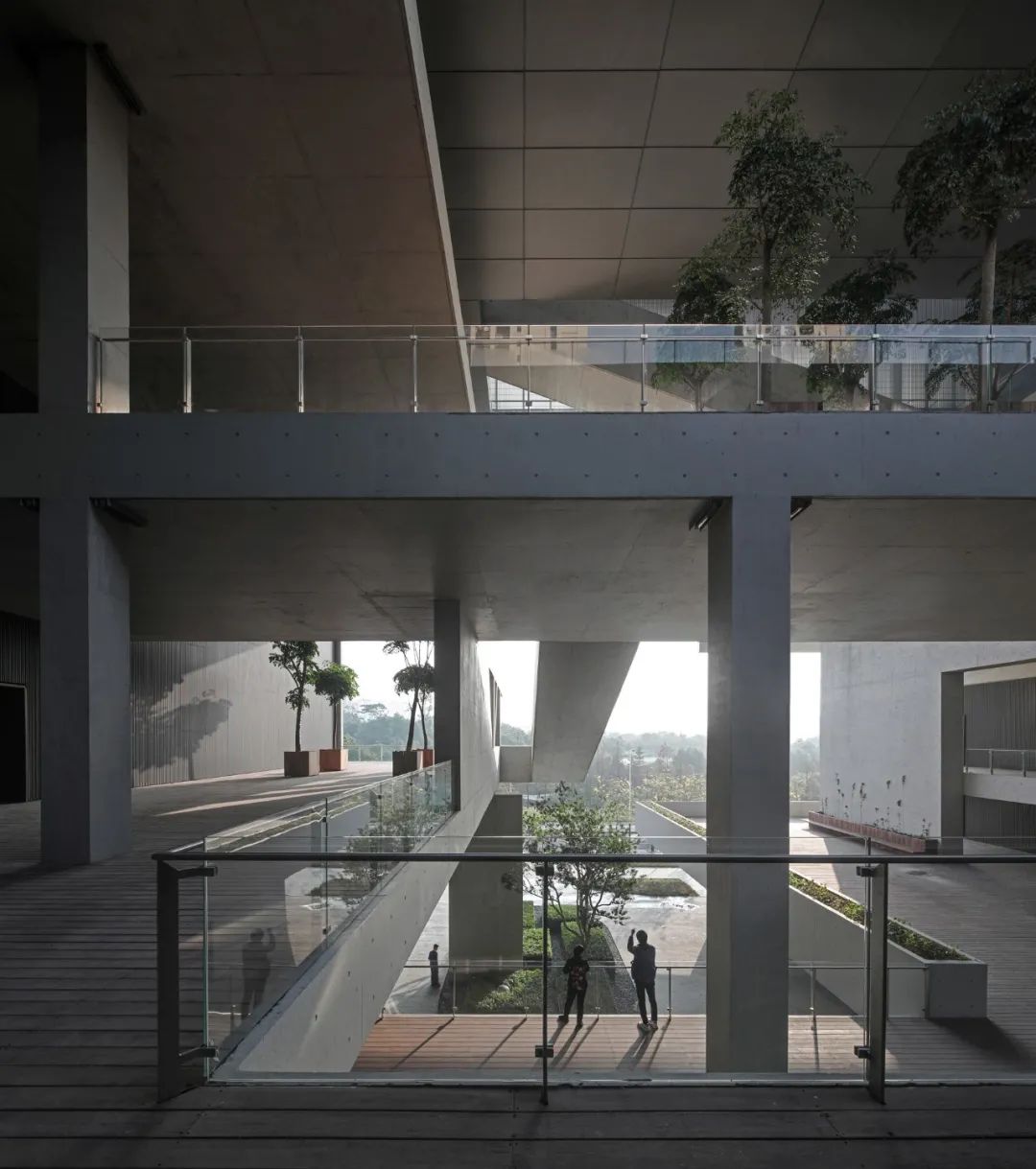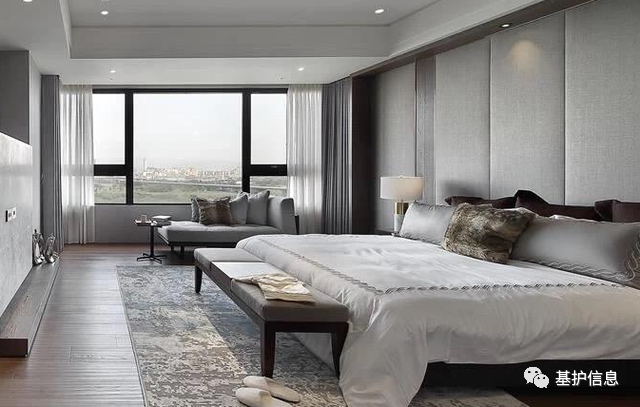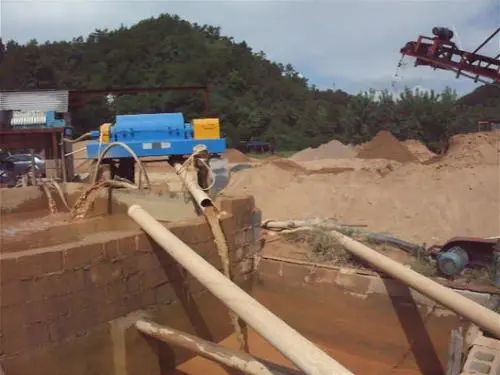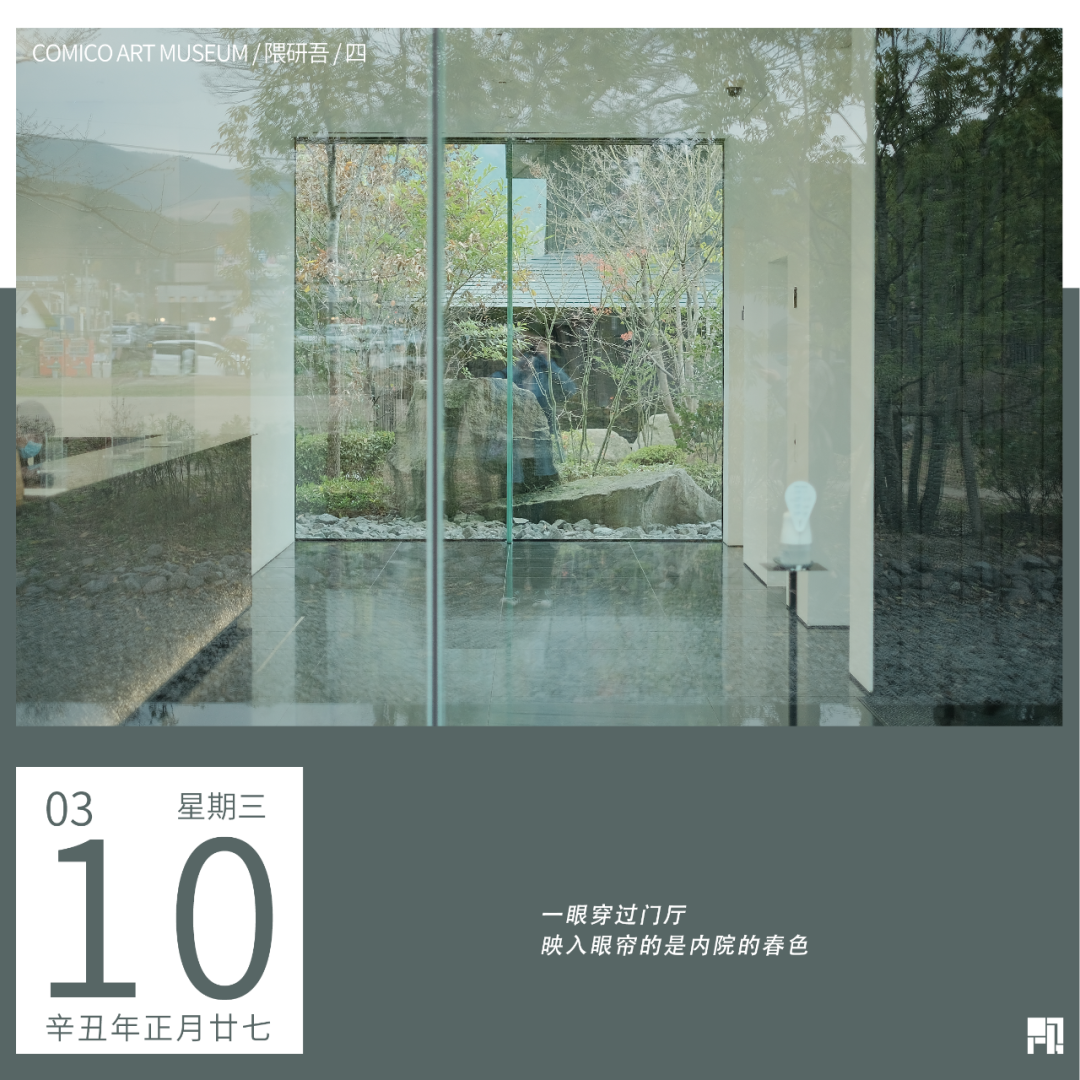East elevation photo: Su Shengliang roof terrace and gallery photo: Zhang Chao project video photo: Su Shengliang direct architectural / Interior / landscape design direct architectural Cooperative Design Institute Shenzhen Oubo Engineering Design Consulting Co., Ltd
. 
location: Hekang Road, Pingshan District, Shenzhen construction area: 47269.05 square meters construction time: 2014.10-2019.03 deep The project of zhenpingshan Art Museum started with an international design competition – “Pingshan cultural settlement” which we participated in at the beginning of 2013
. 
Direct architecture, urban practice, open architecture and Shenzhen Oubo design form a consortium to participate in the competition
. 
The competition was sponsored by Pingshan New Area Management Committee, undertaken by Shenzhen merchants real estate, and academically planned, supervised and organized by Shenzhen planning and Land Resources Committee
. 
A total of eight teams were shortlisted
. 
In the end, our consortium won the first place in the competition
. 
Photo: in the bid winning scheme, Su Shengliang proposed a reflection on the landmark public cultural buildings of new towns in the process of urbanization in China at that time: in view of the traditional giant architectural form, the space scale and operation mode of daily life, we tried to establish a new space type to promote the development of new towns This paper discusses how contemporary culture and art space should be involved in the continuous urban context, so as to integrate culture and art with the daily life of citizens to a greater extent
. 
Pingshan cultural settlement includes three main functions: Art Museum, Grand Theater and library
. 
First of all, according to the overall layout strategy, we will break the large space of 74000 square meters into independent small volumes composed of specific functional units
. 
These small volumes overlap each other in the vertical direction, creating a three-dimensional space system
. 
Secondly, we adopted the strategy of overhead on the ground floor of the three main functional buildings, using a continuous two-story high structure to connect them from south to north, and put various shared functions in the settlement
. 
People can walk freely on the floating platform floor and large-scale green roof, and freely walk between buildings with different functions
. 
In the local position, the stacked volume will pass through the huge structure, forming a landmark image with appropriate scale in the vertical direction
. 
At the same time, through the design of green plants and shading, the outdoor public space can fully adapt to the local climate of Shenzhen
. 
Frankly speaking, this is a relatively avant-garde concept, which challenges people’s traditional impression of “tall” cultural building image, and rejects the “sense of distance” caused by super scale space
. 
After winning the first place evaluated by the expert panel, our scheme was recommended to the local government
. 
Due to some practical difficulties in the landing process of the design in the competition stage, the relevant competent units also have different acceptance of the concept in the later stage, which leads to the running in of the design from the concept stage to the final presentation stage for more than half a year and makes a large design adjustment
. 
But in the end, the core space logic relationship of the competition stage has been preserved to a certain extent in the art museum
. 
Design sketch} direct building △ East elevation} Photography: Su Shengliang △ west elevation} Photography: Zhang Chao △ East elevation Street View} Photography: Su Shengliang △ south elevation night view} Photography: Su Shengliang △ air platform} Photography: the plot of Su Shengliang Pingshan art museum is located on the boundary of urban space type transformation, and the west side is a typical high-density street carrying urban residential life On the east side is a large-scale urban natural park
. 
Along the north-south direction, the art gallery is arranged parallel to the boundary on this flat and long plot
. 
At the level of spatial layout, we adopt the way of fragmenting the volume to disperse the functions of the art museum at different heights
. 
The spatial structure of three-dimensional overlapping makes the multi-level three-dimensional public platform system possible, which makes the building form the characteristics of penetration and porosity
. 
On the one hand, this spatial structure avoids the traditional centralized mass blocking the urban traffic; on the other hand, the strategy of overhead ground floor also enables the spatial experience of urban blocks to continue in the art museum
. 
Photo: Su Shengliang △ street view of the west elevation △ photo: Su Shengliang we set up the main entrance on the ground floor of the building, introduced the daily commercial space, and established a more daily living space atmosphere in the art museum plot
. 
We hope that apart from the daily operation hours of the art museum, other functions of the building community can also be open to the city for a long time
. 
People can walk through the art gallery at any time of the day, from the residential area to the city park, or walk up the steps
. 
The roaming route extends from the first floor to the second floor platform, leading people in the city to the second floor foyer of the art museum and other commercial space
.
Different from the indoor visiting streamline of traditional art museum, we use the outdoor three-dimensional public platform system above the second floor to connect each exhibition space, with trees interspersed in it
.
The abundant space under the eaves, combined with the local warm, rainy and sunny climate in Shenzhen, provides people with sufficient natural ventilation, shading and shelter from rain, and also allows people to enjoy the open vision brought by the close proximity to urban parks to the greatest extent
.
From the public platform to the city park Photography: Su Shengliang △ the second floor public platform Photography: Su Shengliang △ from the roof garden to the city park Photography: Su Shengliang △ the air platform Photography: Zhang Chao △ the public platform Photography: Su Shengliang in our imagination, the art museum will fully absorb the people on both sides of the plot to gather in the building and become the carrier of daily life And then create a new public space scene order, realize the connection between city and nature
.
Air platform Photography: Su Shengliang entrance hall interior photography: Su Shengliang exhibition hall interior photography: Su Shengliang roof exhibition hall interior photography: Su Shengliang ramp Photography: Su Shengliang stairs Photography: Zhang Chao, Pingshan art museum was successfully completed in early 2019
.
After its completion, it has been highly valued by the local government and relevant units, and is closely related to the Grand Theater and the art gallery The library has become a local “cultural landmark” in Pingshan
.
In our opinion, they are not only the landmarks of urban space, but also the landmarks of social and cultural influence
.
The artistic and cultural power generated by architectural space is continuously radiating to Shenzhen and even the whole country
.
In March 2019, Pingshan art museum will open its exhibition “unknown city: China contemporary architecture installation image exhibition”, which is planned by Zhang Yuxing, Yecheng and Han Jing, and gathers 100 architects from all over the country
.
In May 2019, Liu Xiaodu, the founding partner of urban practice, served as the curator of Pingshan Art Museum, and promoted a series of influential exhibitions, including “synchronic Pingshan art museum’s 2019 annual exhibition”, “nine story tower: magic of space and vision” and other cross-year and series exhibitions, as well as medium-sized series exhibitions such as “people in Chinese gardens” and “Muse, Yugong and compass” to promote the development of urban practice And “statue Pingshan – the 40th anniversary of the establishment of Shenzhen Special Economic Zone” and other community public art projects
.
We believe that the operation mode behind the art museum and the continuous production of cultural content are the source of the sustainable vitality of cultural buildings
.
At this point, Pingshan art museum is undoubtedly lucky
.
We believe that a good cultural building not only has a good spatial quality and establishes a good physical relationship with the city, but also needs to continuously output vital content, so as to finally make the building a real cultural engine.
.




